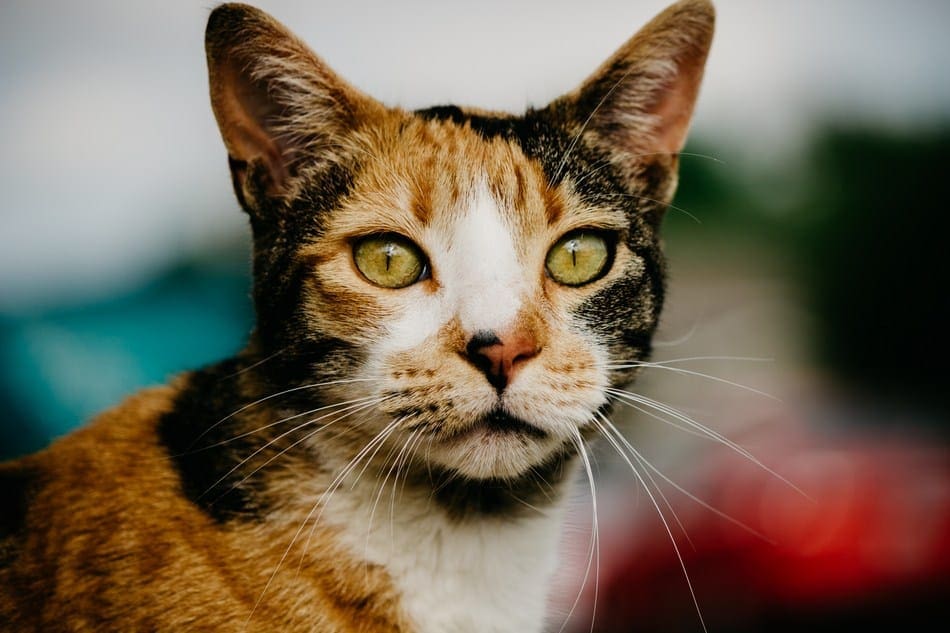

From the outright vocalizing to the more subtle cat stares, felines are no strangers when it comes to saying, “Hey! Look at me.” How Cats Learn to Get Your AttentionĬats can be very smart when it comes to learning ways to grab their owner’s attention. Working for his treats will help take his mind off whatever had previously scared him. You can also try placing those treats in an cat interactive toy or feeding center, such as the KONG active treat ball cat toy or the Trixie activity fun board interactive cat toy. If he is a big fan of his treats, it would be really difficult for him to remain fearful and eat his favorite goodies. While maintaining a good distance to not scare your cat further, grab some tasty cat treats, like the PureBites chicken freeze-dried cat treats or Life Essentials wild Alaskan salmon freeze-dried treats, and toss them towards your cat. This would be a good time to take a few deep meditative breaths to calm yourself down. He will stare at whoever may be closest, is making the loudest noise or is moving around. In his mind, he is keeping an eye out for danger. Sometimes it could be a noise that your cat heard outside your house. Whatever you inadvertently did, such as jumping up and cheering when your football team scored a touchdown or accidentally tripping and dropping an item, you have spooked your cat. If your cat is staring at you and he is crouched down with his tail tucked under his body, or if he is hiding behind a piece of furniture, this is an indication your cat is fearful. When your cat appears calmer, engage him in an activity that he truly likes, such as chasing after a fishing pole toy or batting around his crinkle cat toy. Whether or not your cat engages in play, it helps break eye contact and defuse tension. You can make a slight knocking noise on your desk or toss a crumpled piece of paper or a pen across the room for your cat to chase. In this case, the best thing to do is avert your eyes, distract your cat and redirect his attention to another activity to add some space between you and your cat. That body language, in addition to direct eye contact, is definitely a potential threat and a signal that your cat needs some space. A cat that is upset will exhibit telltale signs, like pupil dilation, ears turned to the side, a stiffer body and an agitated tail that’s swishing side to side. Angry CatĪ loose, relaxed body language is not seen in cats that are about to attack. Whether he wants his breakfast right away or wants you to get up and provide him with company, this body language is friendly and means he simply wants your attention. Or, this could be his way of waking you up.

If your cat is staring at you, blinking slowly while he is inches away from your face, this cat behavior is actually a sign of affection.īlinking is a friendly gesture, so we can safely assume that when combined with loose, relaxed body language, your cat is telling you that he wants to be close to you and spend time with you. Two different body postures accompanied with a stare provides two different stories. When you find your cat staring at you, is he standing tall with a stiff stance with his tail down? The way in which your cat postures himself can say a lot about how they are feeling. Your first step is to read his body language-all the way from the eyes to the tip of the tail.

Assess Your Cat’s Body LanguageĮyes may be the window to the soul, but before you get too worried that your cat may be engineering your imminent demise, remember that cat communication involves more than just eye contact. There are several different scenarios that might involve cats staring at you-here’s how you can tell the difference. You have read that direct eye contact in the cat world is considered a threat, so you may be wondering, “What did I do?” Do you ever wake up and find your cat lying on your chest, staring right into your eyes? Or maybe you feel those green eyes boring a hole into your back as you are working on your computer? What is your cat thinking about?


 0 kommentar(er)
0 kommentar(er)
